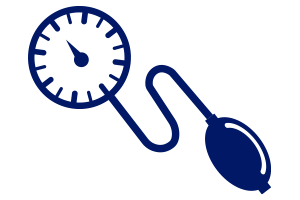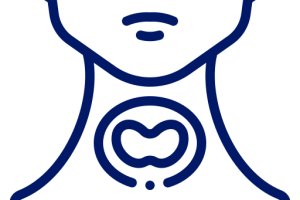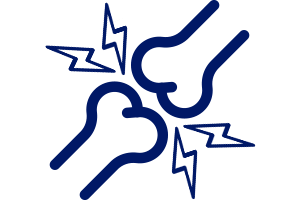Which Type Of Migraine Do I Have?
Aug 09, 2017
Migraine
A migraine can manifest itself in a number of different ways. Each person suffers their own bespoke version with different pain levels and symptoms. After dental caries and tension headaches, migraines are the third most common disease in the world. In fact, 1 in 7 people suffer from the condition. Women are more likely to have them than men.
Puberty is a catalyst for the condition, which gets worse in middle age. Some children do suffer from migraines, but it is quite rare.
Ranked as the seventh most debilitating disease in the world it is hardly surprising that a migraine can affect our work and lives in general. According to the Migraine Trust, 25 million workdays are lost annually in the UK alone.
All of this absenteeism is costing employers £25.25 billion each year. The NHS spends £250 million a year on migraines and headache related disorders. All of these facts and figures are enough to give you a, ‘headache’, (excuse the pun) but not one big enough to increase the funding for migraine research.
How Many Types Of Migraine Are There?
The National Headache Foundation has identified seven main types of migraine:-
- Without An Aura: A migraine without aura (Common Migraine) most people are affected by this type. A pulsating headache occurs without warning normally on one side of the head. Other symptoms include; nausea, confusion, blurred vision, fatigue, mood changes and sensitivity to light, sounds or smells. They last between 4 -72 hours and can recur either annually or weekly. Staying still soothes this type of migraine whereas taking too much medication can actually make it worse.
- With An Aura: A migraine with an aura (Classic or Complicated Migraine) begins with visual disturbances up to an hour before a headache strikes. Vision can become impaired or lost and there may not even be any pain. Rarely you may encounter neurological symptoms such as; numbness, muscle weakness (on one side of the body), tingling hands and face, trouble speaking and confusion. You may also feel nauseous, loss of appetite and sensitive to stimuli.
- Without A Headache: This is when an aura occurs without the presence of a headache. Symptoms include; nausea, vomiting and constipation. Some specialists suggest that these migraines can manifest themselves as dizziness, fever and pain in other parts of the body.
- Brainstem Aura: Teenagers and children are normally affected by this type. The aura originates from the brainstem and can cause; visual impairment, double vision, dizziness, vertigo, poor muscle coordination, slurred speech, tinnitus and fainting. The pain felt on both sides of the head comes on quickly. Muscle strength is not weakened during an attack. Teenage girls are most prone to this type of migraine possibly due to their menstrual cycle.
- Hemiplegic: This type is extremely rare but can cause temporary paralysis that may last for several days. Before the onset of a headache the following symptoms may occur; vertigo, problems speaking, pricking/stabbing sensation, visual impairment, difficulty speaking and swallowing. Usually, these symptoms will subside once the pain starts. Familial Hemiplegic Migraine (FHM) is when the condition runs in families.
- Retinal: Causes visual disturbances and loss of vision. Mainly associated with migraine headaches and very rare.
- Chronic: As the name suggests, frequent headaches lasting for 15 days or more for more than three months. They can occur with or without aura and respond to preventative medication. Treatment also requires preventative action as they can be very debilitating. After the medication is stopped, many sufferers revert back to episodic migraines. (Source: Migraine Again - Paula Dumas).
Initially, over the counter painkillers such as aspirin or Ibuprofen are used to treat mild symptoms. Severe headaches require prescription medication with the active ingredient Sumatriptan which belongs to a group of medicines known as, ‘selective serotonin inhibitors’, 5HT1B 1D agonists or triptans. These types of medication are available under the brand names; Sumatriptan, Zolmitriptan, Rizatriptan, Imigran, Maxalt Melt and Zomig.
By Birpal Virdee (September 2017)


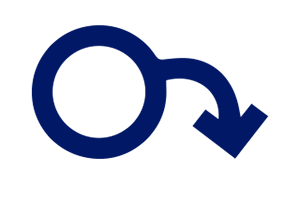

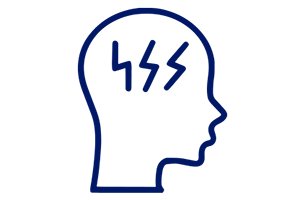
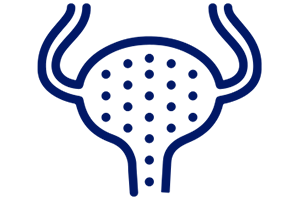



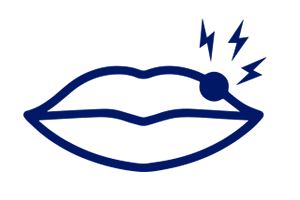
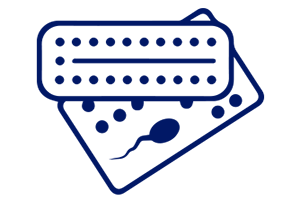



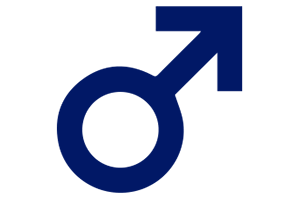
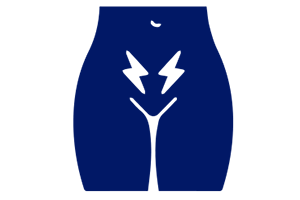
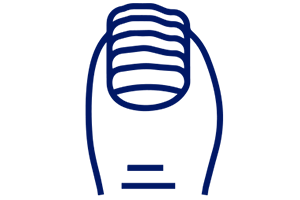
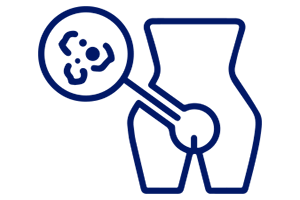











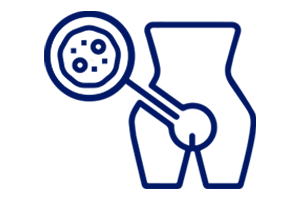

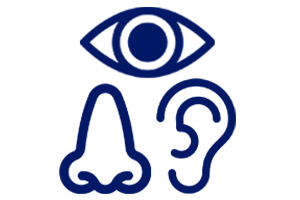
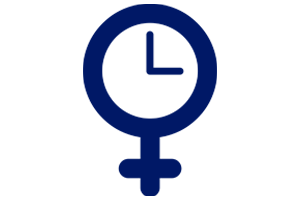













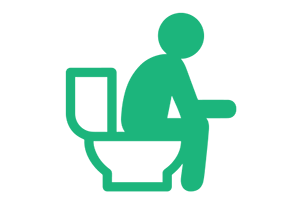

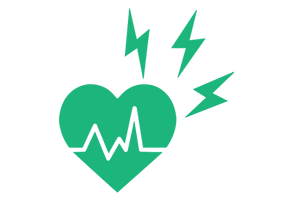








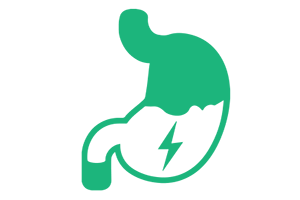




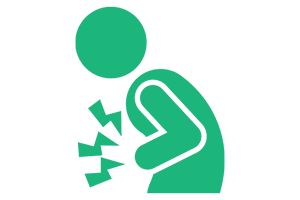

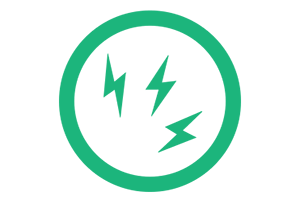





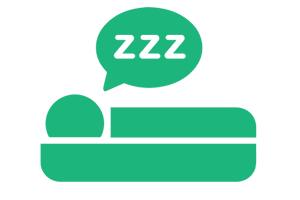











 Account
Account

